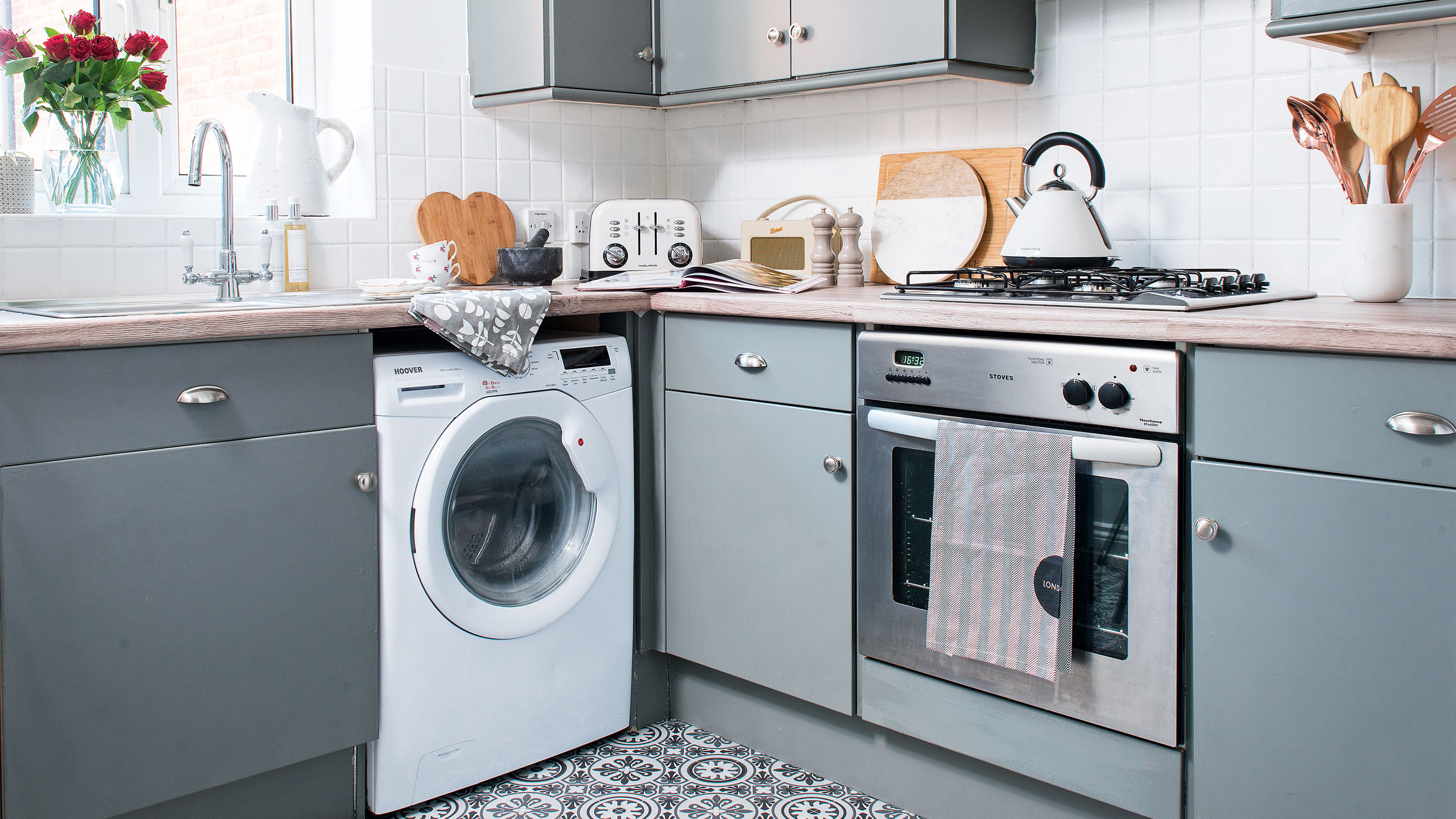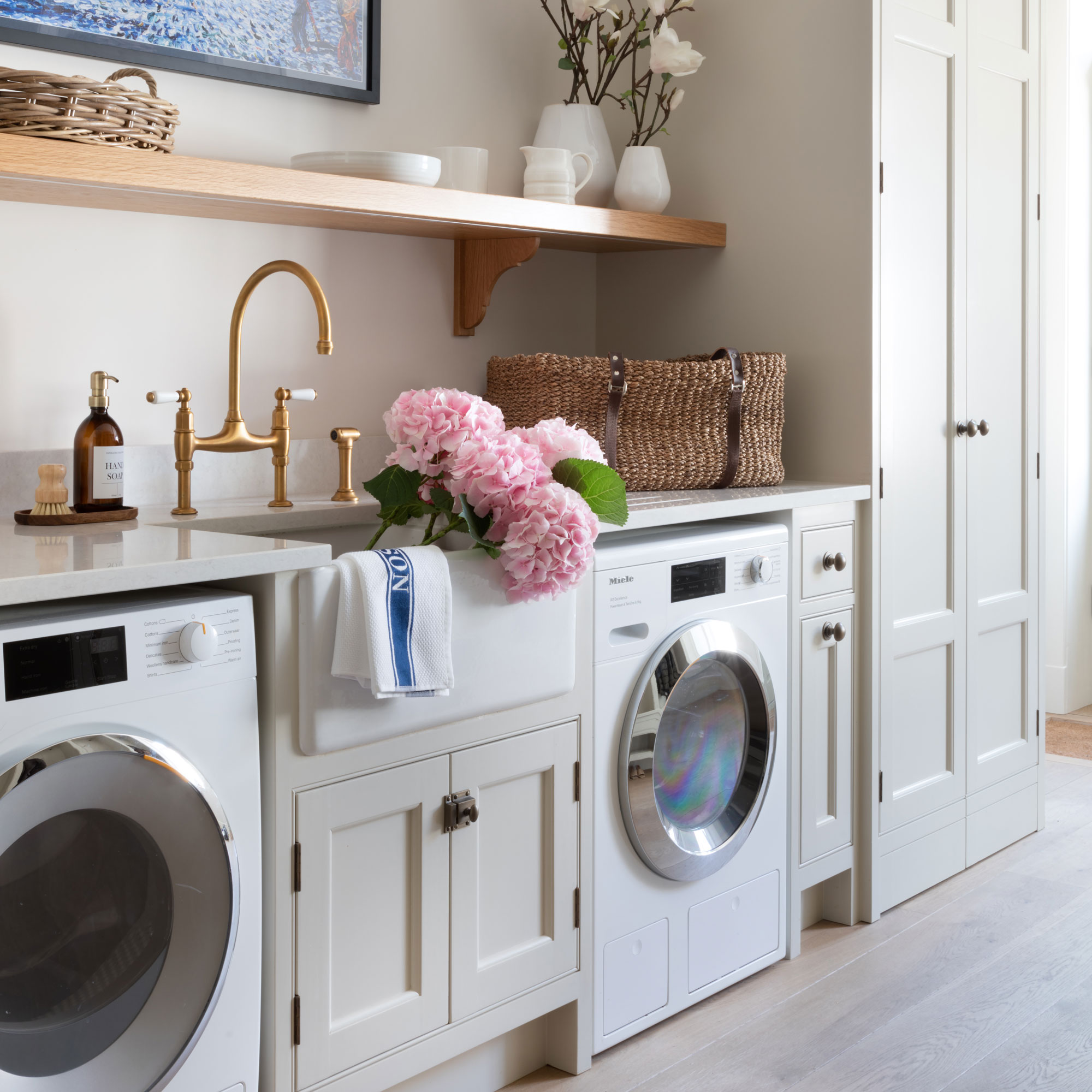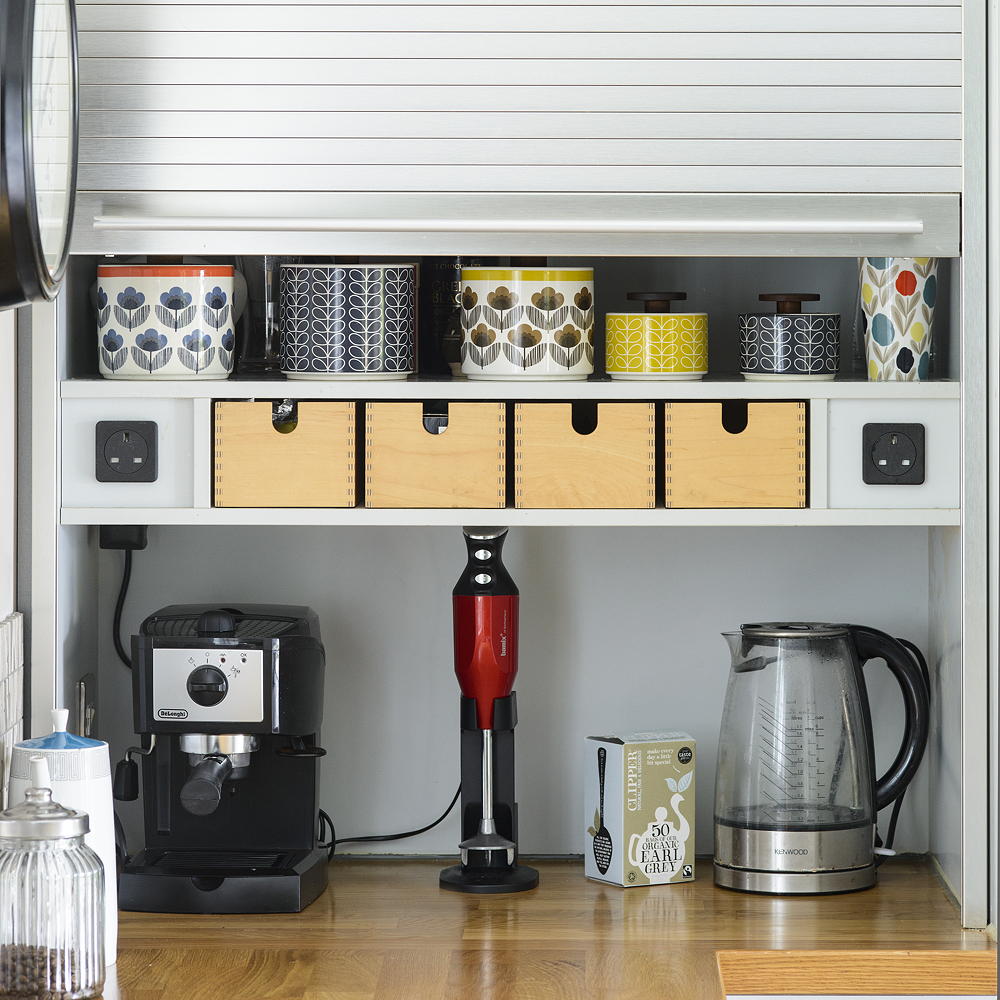What uses the most electricity in the home? The appliances to keep an eye on
Three appliances use the lion's share of electricity


With the cost of living crisis in the headlines, we've been a lot more conscious lately of just how often we're boiling the kettle or using the tumble dryer. We're also wondering what uses the most electricity in the home.
And it's good to at least be aware of the household energy heavyweights, rather than using them like there's no tomorrow. The Energy Saving Trust's website says that three 'wet appliances' are the worst offenders: the washing machine, tumble dryer and dishwasher.
So, if you want to save energy at home, cutting down a tiny bit on these will make a difference. From July 2023 the energy price cap means that the most that electricty per kWh costs is 30p, down from 34p in October 2022. But it still pays to be aware of the most energy-guzzling appliances.

What uses the most electricity in the home?
Obviously, it depends on your household and how often you use the appliances (if at all). But washing machines, tumble dryers and dishwashers use the most electricity of all.
'The power needed to heat the water that they use pushes up consumption,' explains the Energy Saving Trust. This makes them energy-hungry household appliances.
The EST also says that these appliances account for around 14% of an average household's electricity bill. Tumble dryers are certainly known for using a lot of electricity, although how much it costs to run a tumble dryer depends on what kind you have, vented, condenser or heat pump.
The latter is the most efficient, which is worth bearing in mind as and when you have to replace yours. Using eco settings on tumble dryers and dishwashers, and washing clothes on a lower temperature will also help lower bills.
Sign up to our newsletter for style inspiration, real homes, project and garden advice and shopping know-how
What about the fridge freezer, which is on all the time?

Cold appliances are the second biggest consumers of energy in the home. But exactly how much it costs to run a fridge freezer depends on the energy rating and how often you're opening and closing the door. And what setting you have it on, and how long it's been since you defrosted the freezer...
Because your fridge lasts a long time, it's well worth investing in the best fridge freezer you can afford. A fridge freezer can use between 156 and 275 kWh a year. While tumble dryers, for example, use between 259 and 636 kWh, depending on what kind you have.
Heat pump tumble dryers are more energy-efficient, but older vented models guzzle a lot of energy. It could be time to invest in the best heated clothes airers if you want to dry clothes quickly over the colder months.
What uses the least electricity?

The Energy Saving Trust says that only 4% of our energy bill goes towards kitchen appliances, such as the kettle and microwave. So maybe we can relax a little and put the kettle on.
David Woollcott, Managing Director, Fisher & Paykel recommends looking at the different appliances on offer and choosing energy-saving options. 'Some people love the open flame that comes with a gas hob, but an induction hob is more eco-friendly as it uses much less energy,' he says.

Millie Hurst was Senior Content Editor at Ideal Home from 2020-2022, and is now Section Editor at Homes & Gardens. Before stepping into the world of interiors, she worked as a Senior SEO Editor for News UK in both London and New York. You can usually find her looking up trending terms and finding real-life budget makeovers our readers love. Millie came up with the website's daily dupes article which gives readers ways to curate a stylish home for less.